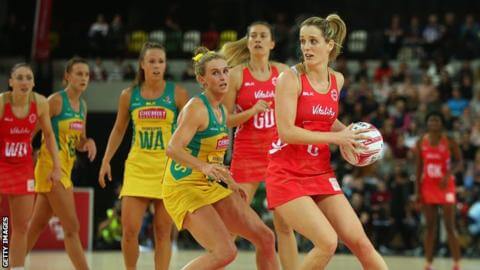“I’m sorry I permit the group down,” says Huw Bevan earnestly. He is not a team captain playing in the Cricket World Cup. He isn’t a batsman or a bowler. He’s the pinnacle of cricket on the London-founded TV sports activities manufacturing company Sunset+Vine.

Bevan apologizes for not fulfilling his position as one of Team India’s many self-appointed “lucky charms” after losing to New Zealand by 18 runs in the semifinal.
But there may be a position that Bevan from Cardiff, Wales, has fulfilled admirably. He has broadcast to hundreds of thousands of people some of Indian cricket’s biggest wins — the first-ever T20 World Cup in 2007 and the Cricket World Cup in 2011. As the former senior vice-president of manufacturing at ESPN Star Sports (now Star Sports) — which became the legit broadcaster for the two leagues — Bevan helmed the televised manufacturing control of these and many such cricketing activities during the last two years.
At Sunset+Vine, he’s managing World Cup 2019 as a carrier accomplice to the International Cricket Council (ICC), the governing body that organizes the occasion and holds rights to its legitimate broadcast via ICC TV to 220 territories internationally. From the vantage point of his manufacturing management room, Bevan has seen the published coverage of the ICC Cricket World Cup evolve drastically over the years.
In 1983, while India won its first World Cup, Bevan analyzed economics and geography at university. The championship was simply three tournaments antique. Only 4-5 cameras had been on the field to seize the fit. If you watched the live feed through its then professional broadcaster BBC, you handiest saw one facet of the field in line with over. The broadcast confirmed a ball’s transport from one give up of the floor. Replays have been gradual-movement playouts of the same live camera angles.
Over the subsequent decade, cameras grew in wide variety and tech. Stump cameras were brought. Between the past due Nineteen Nineties and the early 2000s, while Bevan was given into live-cricket manufacturing, the array of cameras at the stadium went up from 12 to 22. After that, he says that the digital camera is counted as extended every few years, and more recent tech is stored and getting into play.
Bevan is fifty-seven now; the World Cup, going by the number of tournaments, is nearing adolescence. Insurance has long passed from one facet of the sphere to a 360-diploma view using more than one kind of camera. Super gradual-motion cameras are the norm. Then, there are extremely moving cameras from organizations like Hawk-Eye. These are located across the floor to tune the course of a ball and create its visible trajectory to assist the 0.33 umpire review choices.
Cabled aerial cameras, called Spidercam, are synthetic cameras used by an eponymous German organization. They were added to cricket at the beginning of this decade after their hit deployment in football coverage.
They circulate the field vertically and horizontally to provide pinnacle angles of the floor. There are player-tracking cameras for stay field plotting and to measure a fielder’s overall performance; drone cameras and drizzle-evidence cameras are mounted on uncrewed aerial vehicles that may fly up to four hundred meters to provide a better image of the on-floor activities at some point of a healthy.
LED stumps and bails that light up when dislodged make a dash on camera with their flash characteristic on every occasion a batsman is stumped—literally and figuratively.
Replay machines that relied once on tape have lengthy been digitized. They can take feed from six cameras at a time. Replays, as a consequence, have a visible order to them now, one that tells a story, no longer pretty much the game but the human beings vital to it. If a bowler throws a superb delivery and nearly receives the wicket, for instance, “in the replay you’re in all likelihood to see the bowler releasing the ball, the direction of the ball, the batsman hitting it, the bowler’s and batsmen’s specific reactions to that ‘simply ignored feeling or even the captains’ reactions,” says Ajesh Ramachandran, government manufacturer, ICC TV, ICC.





